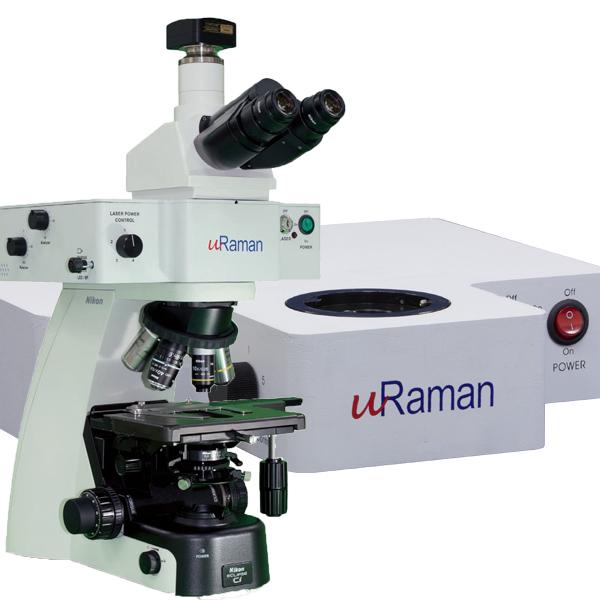Spectroscopy is the study of interactions between atoms and molecules and an electromagnetic spectrum. It’s applied as a means of identifying and collecting data about various atoms and molecules. If you’re interested in this field, getting more information before opting for the best Raman microscope price in the market can ensure you make a quality purchase.
Microscopy has grown in leaps and bounds since its invention, with a variety of other analytical branches emerging from this field of practice. One of the more popular methods of investigation used in physical and analytical chemistry is spectroscopy. This is the study of the interactivity between matter and an electromagnetic spectrum. Different molecules and atoms emit and absorb light at certain wavelengths. By studying these wavelengths, you can identify the contents of a molecule using an established spectrum.
Raman spectroscopy has emerged as the most common application used in this field. Its non-destructive approach ensures that the molecular structure of the content being studied is not destroyed during the process. These spectroscopy systems can be combined with suitable microscopes to explore a variety of elements. Acquiring more information about these instruments however is crucial if you’re considering its purchase. Getting the best Raman microscope price is only fruitful if the device chosen is suitable for your needs.
How Raman Spectroscopy Works
Raman spectroscopy is used to obtain quality information about an atom or molecule, including its chemical structure, crystallinity, phase, and polymorphy, among other elements. This data is acquired by studying the interactions that take place between light and the chemical bonds found in a substance. The approach is based on a light scattering technique, whereby a molecule is exposed to a high-intensity laser light source from which it scatters incident light.
Most of the light that is scattered during this process is on the same wavelength as the laser light source and is known as Rayleigh scatter. A minimal amount, however, is also dispersed at different wavelengths than the light source. The particular color or wavelength involved with this scatter can help you identify the chemical structure of a substance. This unique scatter is what is known as Raman scatter.
Benefits of Using Raman Spectroscopy
Those who choose to use this application for their analysis requirements can enjoy a variety of advantages, including:
- No sample preparation activities are required when using this method, making the entire process shorter than some alternatives.
- The results enjoyed with this analysis are highly accurate, as the Raman scatter of a particular molecule can be seen as its chemical fingerprint.
- It can be used for long-distance or remote analysis since the laser and scattered light can be transmitted through optical fibers.
- Raman analysis works with a variety of substances, including vapors, liquids, and solids.
- Unlike some other sensitive means of investigation, Raman analysis is not affected by the presence of water.
Where you choose to buy your spectroscopy system can also play a significant role in the quality you will enjoy with the purchase. It’s crucial to ensure that the provider chosen represents an authentic and reliable distributor. Selecting an established company in this sector for your particular needs enhances your chances of acquiring quality products.

